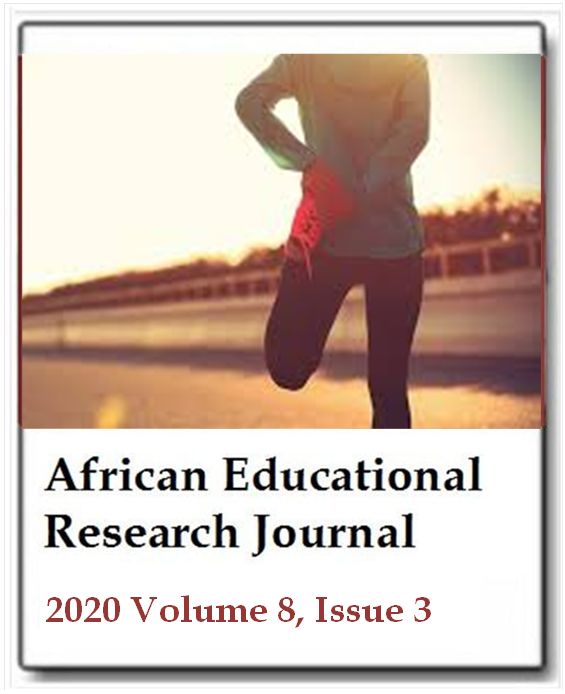Equitable allocation and distribution of education bursary fund in Siaya County, Kenya
Oketch D., Gogo J. O. and Sika J. O.African Educational Research Journal
Published: July 15 2020
Volume 8, Issue 3
Pages 453-461
DOI: https://doi.org/10.30918/AERJ.83.18.104
Abstract
Globally, there exist bursary schemes that are in place to enhance access and equity in the provision of education to the disadvantaged. In Kenya, there have been bursary schemes that enhances access and equity in the provision of secondary school education. With Siaya County’s 16% of the population having secondary school education, below the neighbouring Kisumu county’s 25%, Vihiga county’s 20% and Kakamega county’s 19%, coupled with inequity in bursary distribution, the County Government of Siaya came up with Siaya County Educational Bursary Fund (SCEBF) to help improve access and equity in the acquisition of secondary school education. The purpose of the study was to examine the extent to which the bursary scheme was equitably distributed in Siaya county. Objectives of the study were to determine the trend of allocation of bursary funds and to establish the extent to which bursary allocation to the recipient is equitably distributed in Siaya County. Lorenz Curve and Gini-coefficients were used as tools for determining inequalities in SCEBF allocations. The theoretical framework guiding the study was based on the socialist economics theory of Louis Blanc that aims to redistribute income to create equality of well-being. Descriptive survey and correlational research designs were used in the study. The study population was 204 secondary schools with 204 principals, 11,200 student beneficiaries of the scheme, 30 Ward Administrators and 1 County Executive Commitee Member for Education. A third of the principals’ population which is 68 secondary school principals and 425 students sampled using Yamane’s formular formed the study sample. The researcher established that Siaya County Educational Bursary Fund benefits majority of the needy cases underpriviledged/those in need, as it is allocated based on the needs of applicants. However, there was unequitable distribution of the bursary fund depicted by the Gini Coefficient of 0.39 due to political influence and inadequate funds.The fund aided to improved access to secondary school. The study recommends allocation of more funds to reach all needy cases and that it should be more equitably distributed.
Keywords: Equity, allocation, secondary education, distribution of education, bursary fund, access.
Full Text PDFThis article is published under the terms of the Creative Commons Attribution License 4.0

